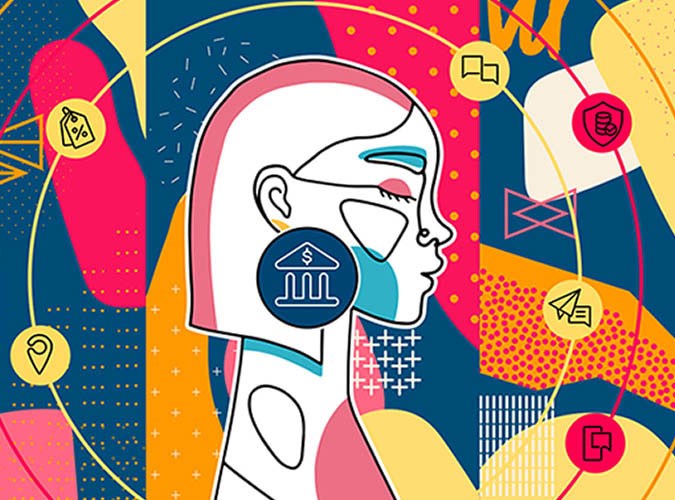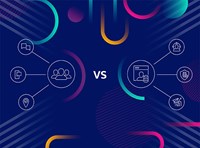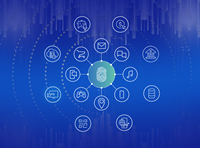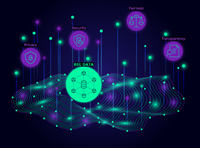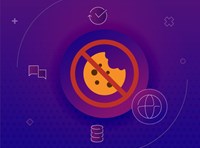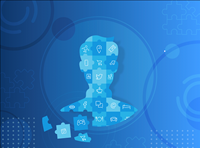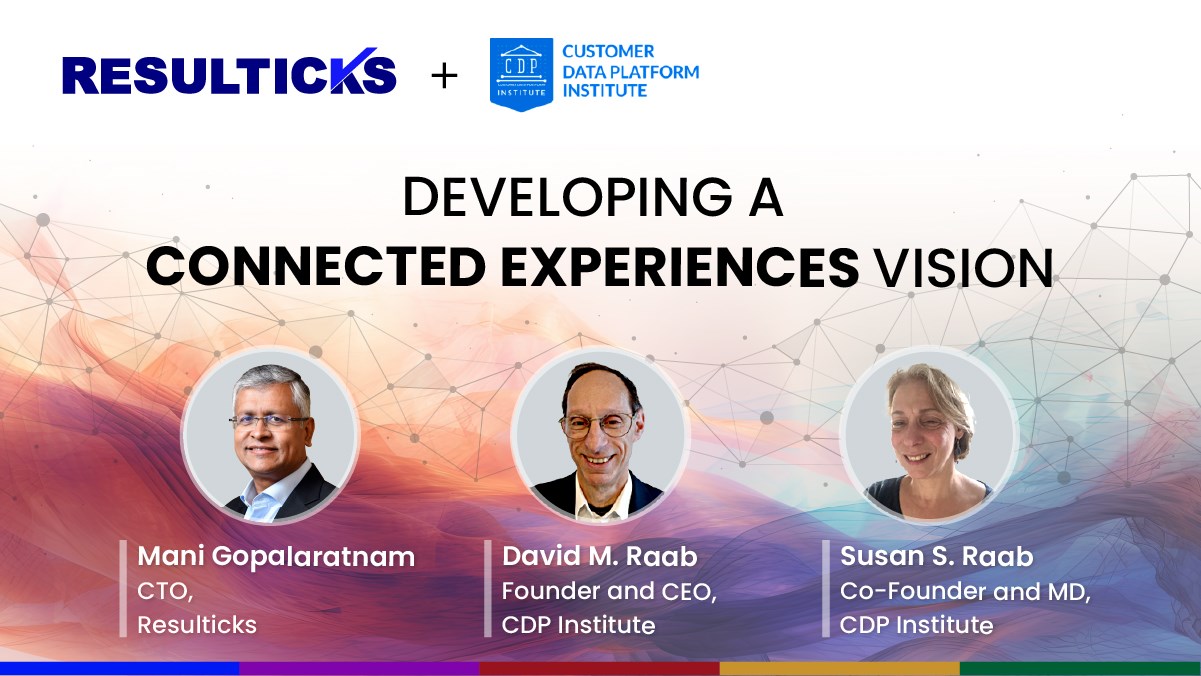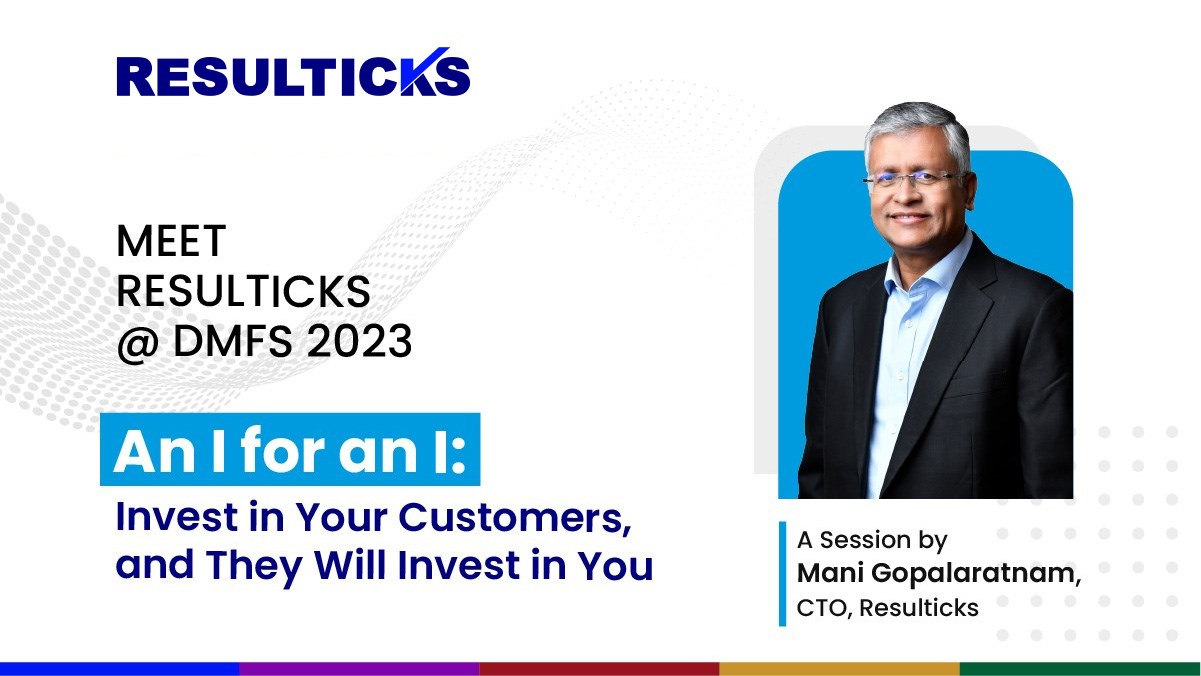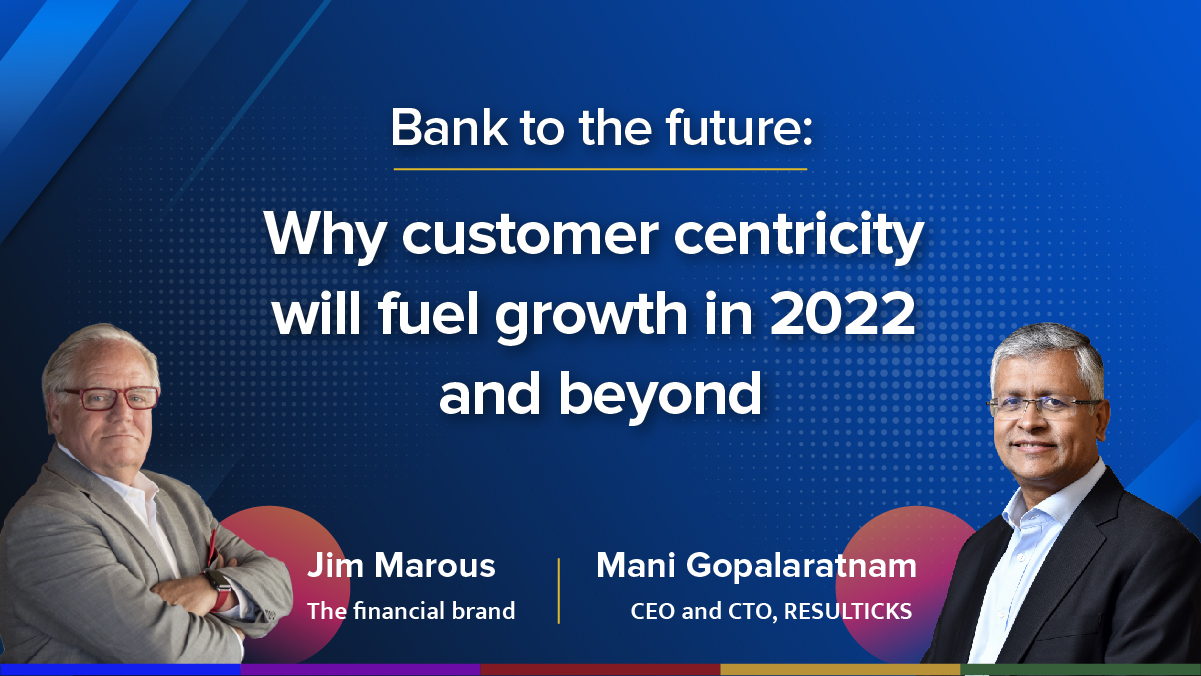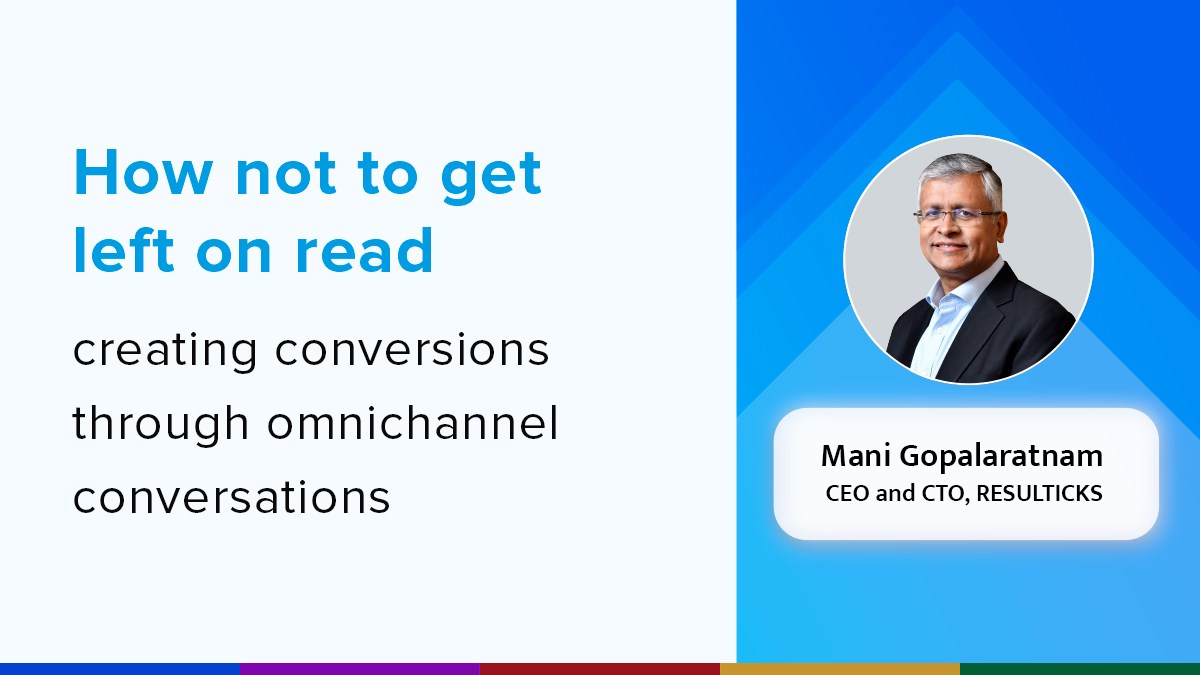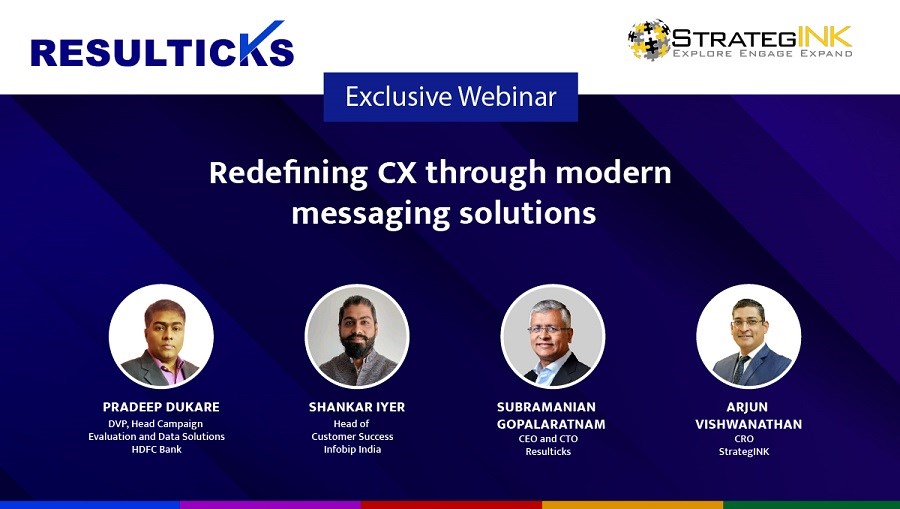All marketers, regardless of the industry from which they hail, know this: At the end of the day, delivering the right messages to their audience based on an in-depth, evolving understanding of them is the only way for effective, conversion-driving marketing to happen.
Many industries have gotten it right. Retailer, for example, identify purchasing patterns to figure out who the soon-to-be-mom in need of baby products is, whether a woman only shops on sale or when a new collection drops, and so on and so forth. However, it’s a little more challenging for the banking and finance industry.
Unlike loud one-time sales, banks need to play the long-game with their customer. They have to ensure that the packages they offer are perfect for the customer at every point of their life cycle. It’s not enough for banks to know the habits or preferences of their customers; they need to know their stage in life, income level, marital status, family size, spending habits, living situations, propensities, and more in order to perfectly target these individuals with the right messages, interactions, and offers.
For example, targeting a 23-year old recent graduate with a mountain of debt versus one with wealthy parents is very different. It’s not enough to note that they fall in the same demographic. While one would likely be looking for a card with the lowest APR, the other might explore options that can give them travel points.
One of the methods banks can utilize to target their audience precisely without resorting to “spray-and-pray” tactics is persona-building. Although there are already multiple guides online on building personas, here are some key considerations that will help you avoid cliches and over generalizations in the process.
1. Avoid personal assumptions
Each generation tends to be defined by a cluster of themes, but as with most things, that’s never really the full story. Basing your personas on such stereotypes and other personal assumptions will likely produce less than reliable results.
For example, Millennials are often portrayed as irresponsible, poorly prepared underachievers. However, they are actually saving a greater percentage of their income than Gen X or Baby Boomers. The youngest Gen Zers have also been demonstrating a higher preference for home ownership than their Millennial counterparts.
Instead of projections and trite generalizations, create personas according to quantifiable research on what your customers desire, how they behave, and so on. Better still, enrich your findings with qualitative insights from focus groups.
2. Unhappy customers provide valuable data too
As previously mentioned, reaching out to current customers who actively engage with you is a good starting point in developing persona groups. However, a common oversight is committed when companies only seek out happy customers in hopes of identifying easy lookalikes. This leaves a wealth of information untapped—rich insights that can be gleaned from the grumpy customers.
For instance, if less technologically-savvy customers complain that certain products are too difficult to navigate, the brand can gather information on how they may adjust the product roadmap to better accommodate all users. This is also an opportunity to deliver more accessible messages to this persona group and potentially target them with more campaigns on digital adoption.
3. Identify the key activities
Aside from their goals, recognizing the proclivities of your audiences and mapping them out against persona groups provides further insights into not just propensities (e.g., offer, time, channel, content) but avenues to target lookalikes.
For example, it can take Meticulous Researchers multiple visits to your website across several days to conduct enough competitive research before making a final purchase. Buy-now Shoppers, in contrast, are far more decisive. They rarely spend more than a few minutes on your site before checking out their shopping carts.
These audiences need to be approached entirely differently. Meticulous Researchers might respond to retargeting ads and discount coupons, but it might not work for others.
The right strategic approach will translate to concrete customer engagement outcomes with a strong data engine powering your persona mapping efforts. A robust Customer Data Platform—such as the one at the center of Resulticks—doesn’t just let marketers create sophisticated personas from a diversity of attributes with ease. It provides the capabilities to categorize your audiences into relevant persona groups at scale; track and optimize the omnichannel journey of each individual; and generate a range of evolving actionable insights that will refine your targeted marketing efforts.

